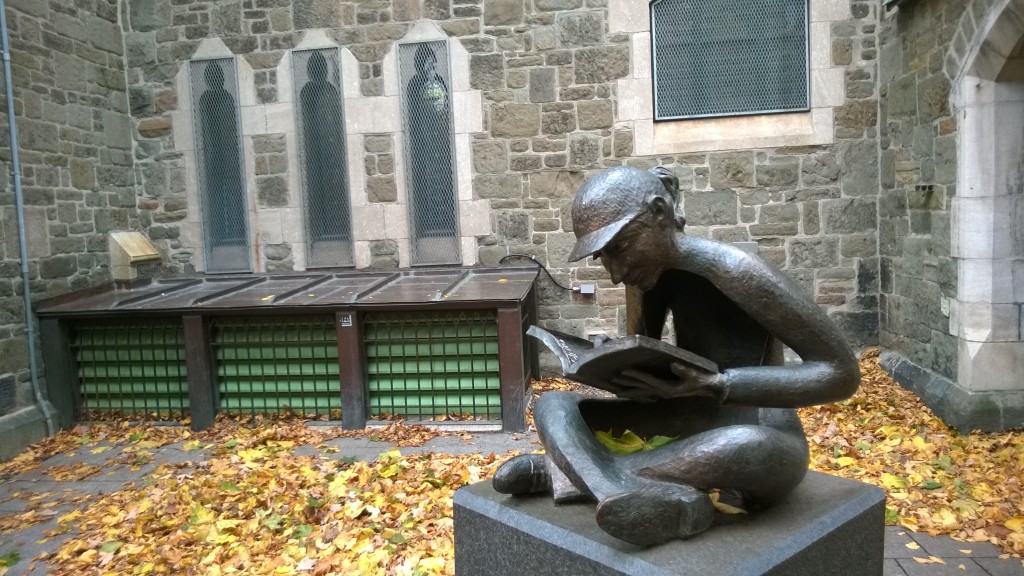Active learning helps students learn in deep, meaningful ways, as study after study has shown.
That doesn’t mean it’s easy. On the contrary, students who have grown accustomed to sitting through lectures with one eye on their phones and one foot out the door often rebel at changing to hands-on exercises, in-class discussion among dozens or hundreds of students, peer learning, group projects, and other techniques that force them from their seats.
Alison Olcott Marshall, who, with the help of Kelsey Bitting, a postdoctoral teaching fellow, has transformed an undergraduate paleontology class for non-majors into an active-learning format, found out first hand last semester how difficult it can be.
“The first couple of weeks were hard because they were like, ‘Lady, you’re crazy,’” Olcott Marshall said.
She persisted, though, transforming a 100-level paleontology course that had long been a “romp through all the fossil organisms that had been found” into one with a narrower focus aimed at engaging students in the scientific process. The culmination of the craziness was an event called Paleocon, a public display of group projects that students worked on in lieu of taking a final exam. The goal was to synthesize paleontological topics in a way that students and their peers could understand, Olcott Marshall said, as the video above explains.
One of Olcott Marshall’s students, Ian Rhoads, described the class as “a very guided, hands-on learning process.”
“Ms. Olcott Marshall is really good at making sure that we’re all on track,” he said.

Another student, Miranda Mitchell, said she was “shocked having to be in a group and do so much group work.” She warmed to the process, though, saying, “It’s very cool to get to talk with someone every day and get to know people on a different level than you would anywhere else.”
Alex Tait, a photography major, worked in a group with a theater major (Annie Fuquay) and a business major (Wesley Riedmiller). She said the class format pushed students to take on research on their own rather than just read about it and listen to it described.
“We’re artsy kinds of people, so to this type of opportunity really motivates us to want to learn the information and apply it things that interest us as opposed to just being in the library and studying and then going and taking a test,” she said.
Olcott Marshall saw the results, as well. As she walked amid the dozen or so student displays at Paleocon, she and her students were clearly energized. Pushing through the students’ skepticism about this crazy active learning approach had clearly paid off.
“Now they’re like, ‘Oh, this makes sense. I see why I had to work,’ ” Olcott Marshall said.








Recent Comments